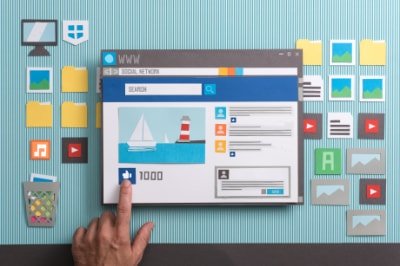Origins of the World Wide Web
Are the terms “world wide web” or “web” somewhat of a foreign concept to you? Are you wondering where the web has come from? It’d be worth taking the time to explore its origins and some basic web concepts. Despite what a lot of people think, the web isn’t really that old. For sure, the internet does go back a long way. Although, that’s the internet (or inter-network) and that’s slightly a different thing. For more information see the page The difference between the Internet and the Web. This subject features in the Website Library and goes into a little more depth.

Going back to where it all started leads us to a scientific institution called CERN (European Organisation for Nuclear Research). A British scientist working for CERN named Tim Berners-Lee. It was in the year 1989 that Tim first proposed the idea of the world wide web. It wasn’t until 1991 that he had his concepts approved and moved forward on publishing the first website from a web server. For further reading and video examples on this groundbreaking discovery see History of the Web in the Website Library.
Basic web concepts – How to access the web
So, how does one commonly access the world wide web? The answer to this question is you access the web commonly via a “web browser”. A piece of software that will connect to the web over the internet. Web pages are downloaded so that you can view in a format that the publisher had intended for you to view.
To initiate this process by first entering a URL or “web address” in the address bar section of the browser and pressing the enter key. From there the web browser will make a request to a web server that corresponds to the URL you have entered. Usually, this is an HTML (Hypertext Markup Language) file that contains information such as text, formatting and links to various web resources to further download to complete the page display. These further linked files maybe images, video, music, styling, javascripts and so on and all are located at unique URL locations. See the article What are URL’s in the Website Library for further examples.
